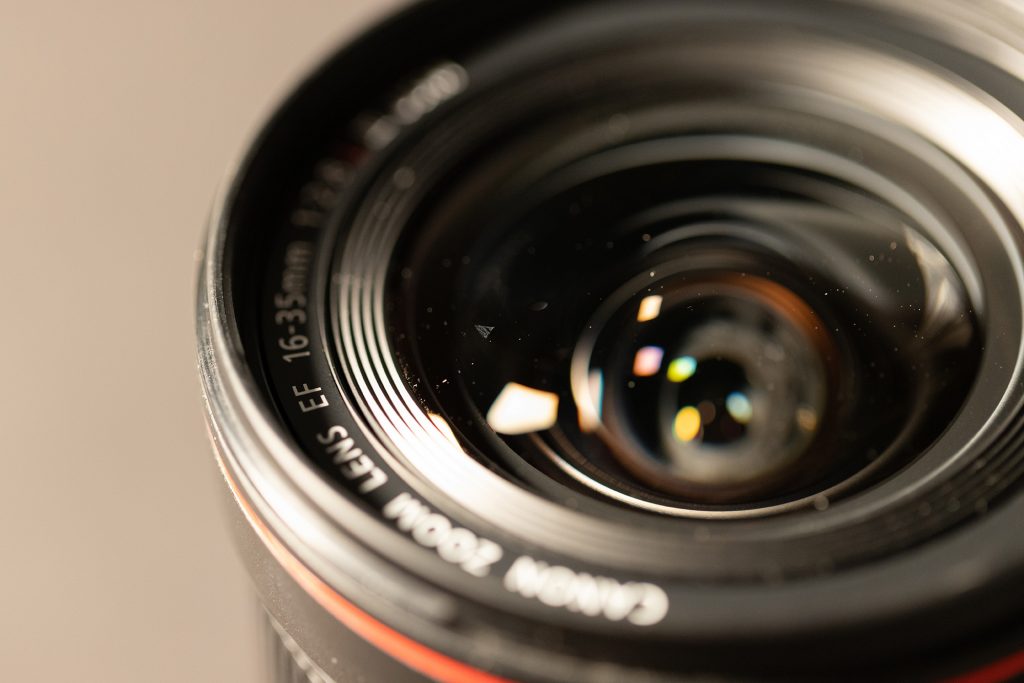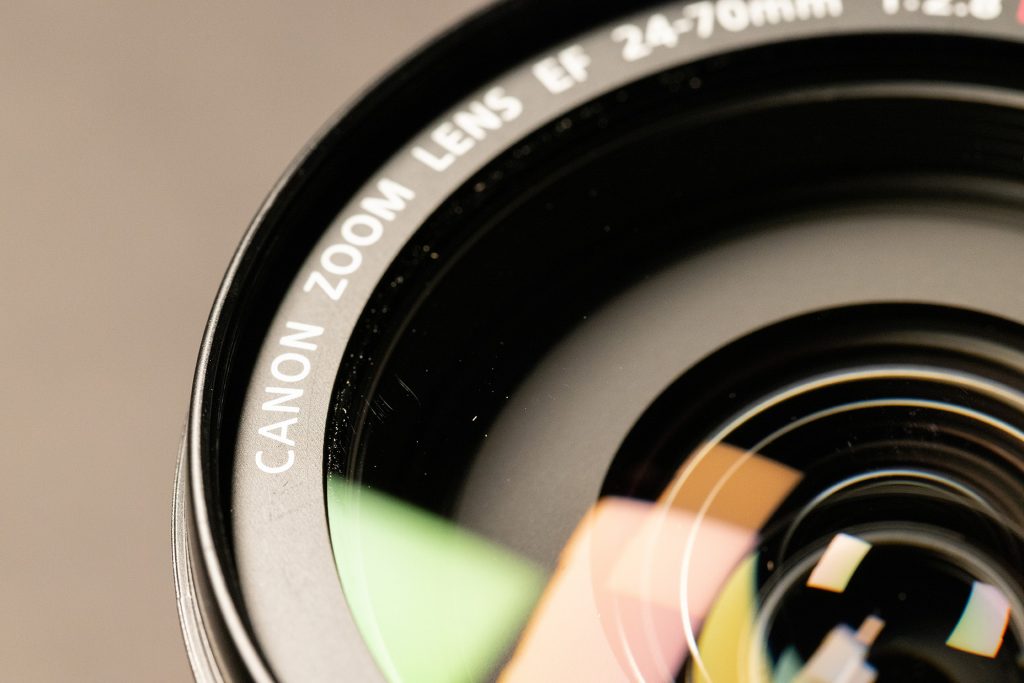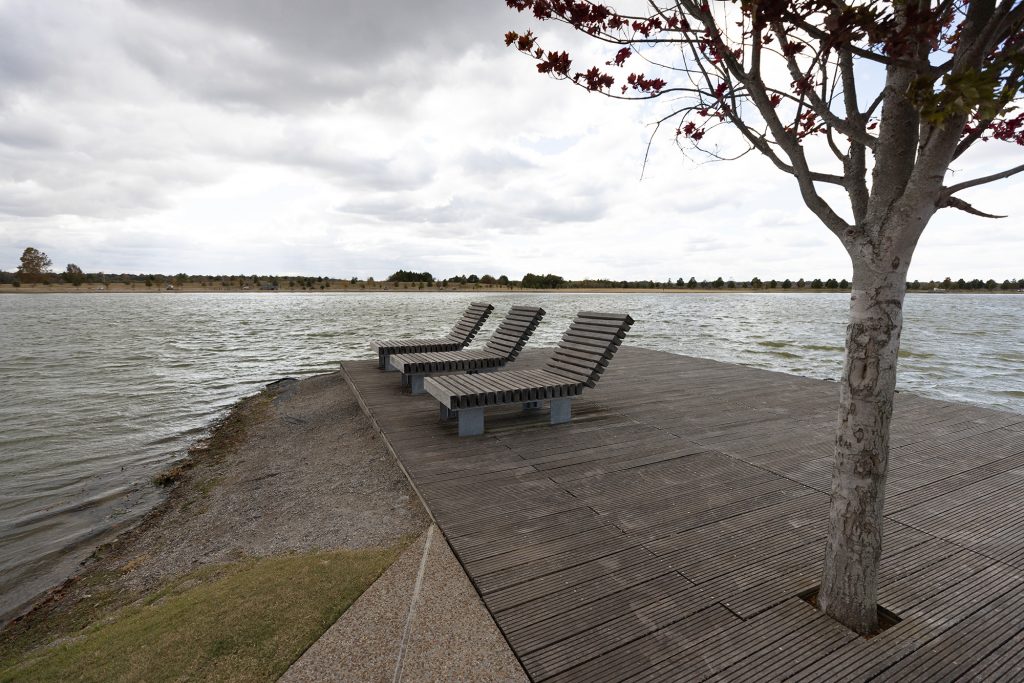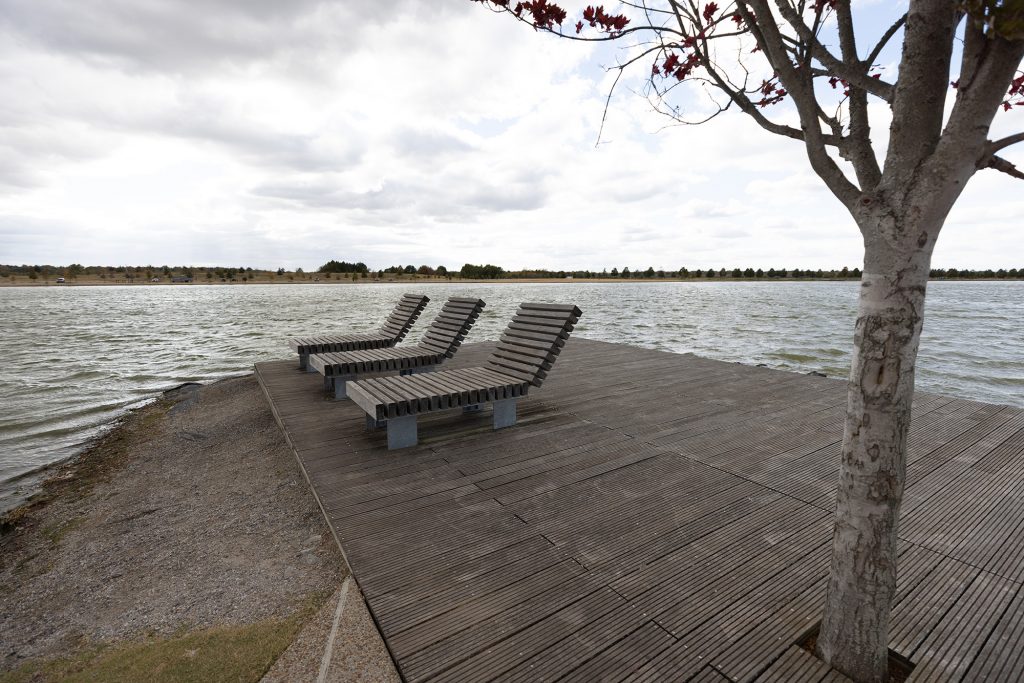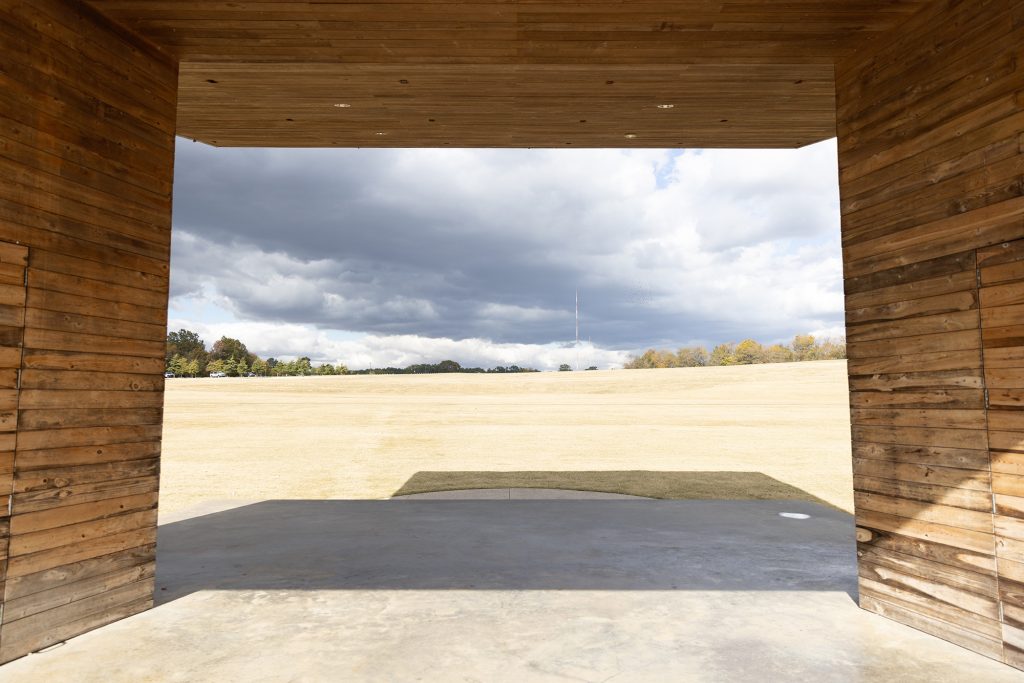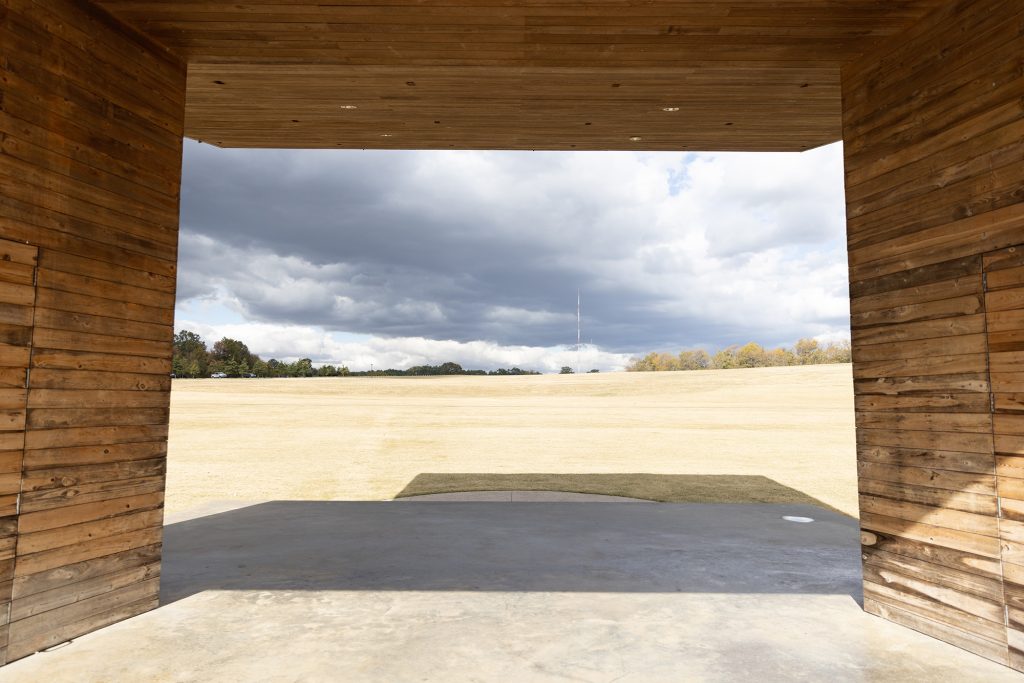Lenses and Optics
How Front Element Scratches Affect Your Images
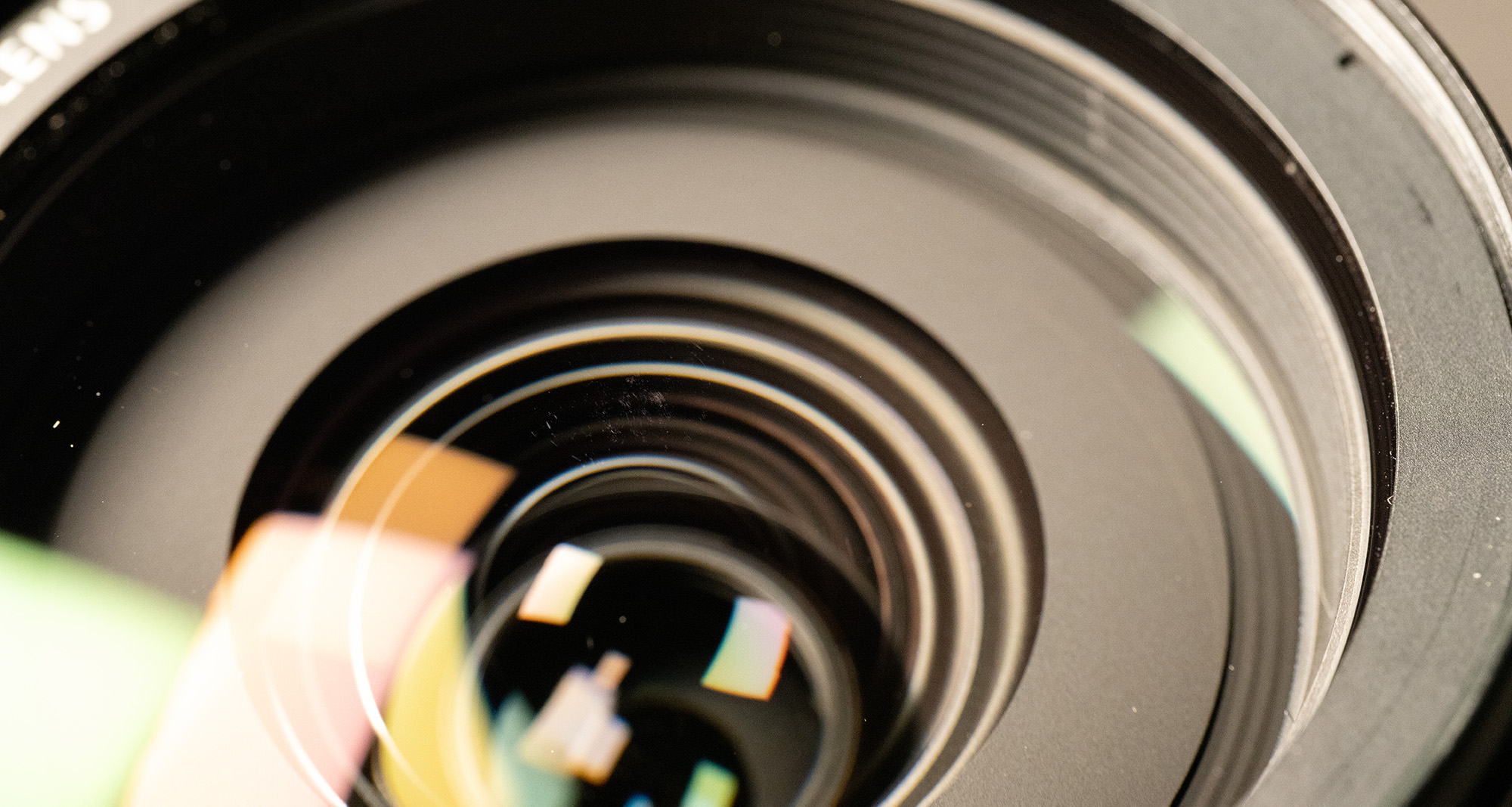
We have a lot of gear in our inventory, which means we also have a lot of broken gear in the middle of repairs. When it comes to lenses, one thing we see a lot in the repair department is front element scratches. And that makes sense, when a lens is mounted, it’s the single piece of glass exposed to the world; and to accidents.
And so it seemed like it was time we relooked at a topic we discussed years ago on this blog, and talked about how front element scratches can affect your images, and image quality. After all, there is an entire industry trying to sell you UV filters, lens hoods, and other tools to help prevent scratches to the front element of your lens. So we decided to bug our repair department, and pull a few lenses with some front element scratches, to see how they compare to pristine variants.
How Front Element Scratches Affect Your Images
To put it simply, front element scratches will reduce the contrast and sharpness of your images, but nearly exclusively at the point where the scratch is on the element. So will you notice these scratches in your images? Probably not. This is because of how lenses capture light. In general, dirt, debris, and damage will be most evident when it’s closest to the focal plane (sensor). At lower aperture values (f/1.4, f/2.8, or f/3.5 for example), a front element scratch will be almost impossible to detect, and dust or damage on the actual sensor (or on the rear element of the lens) will appear as a small shadow or possibly a blurry artifact. At higher aperture values (f/16, f/20, f/22, for example), a front element scratch may be a bit more noticeable, appearing as a place with less contrast and hazier. A rear element scratch or sensor scratch will be much more apparent at higher apertures, appearing as a flare, or in some cases, even a black blob. This is why it’s easy to test whether or not you have sensor dust – just set your aperture to f/16 or above, point the camera to the blue sky, and press the shutter. You’ll likely see sensor dust pretty easily, as dark spots.
To illustrate this point, we pulled some scratched lenses from our repair department’s inventory and did some side-by-side comparisons. Example photos are below, and as you can see, both lenses performed near equally to their undamaged brethren. I doubt you’ll be able to see any differences between the scratched and unscratched comparisons.
As you can tell from above, you likely won’t be able to see the differences between one image and the other, and scratches will have almost no noticeable changes to your images. However, one place where it can have larger effects is when you have flares in your images, so let’s look at how each lens performs when we’re intentionally flaring lights.
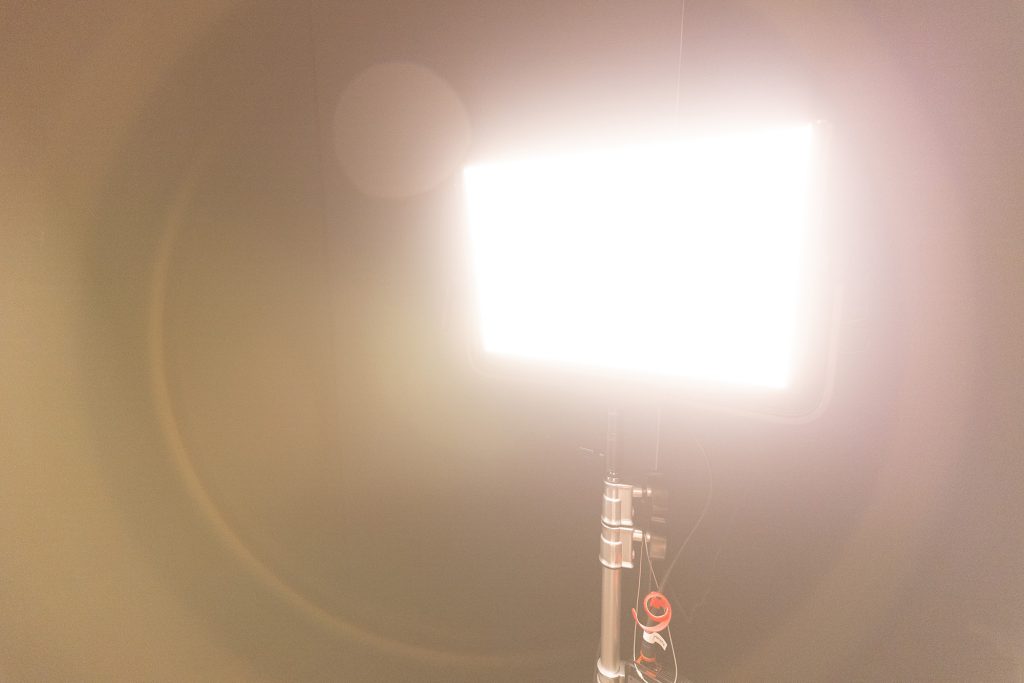
Canon EF 16-35L Scratched Front Element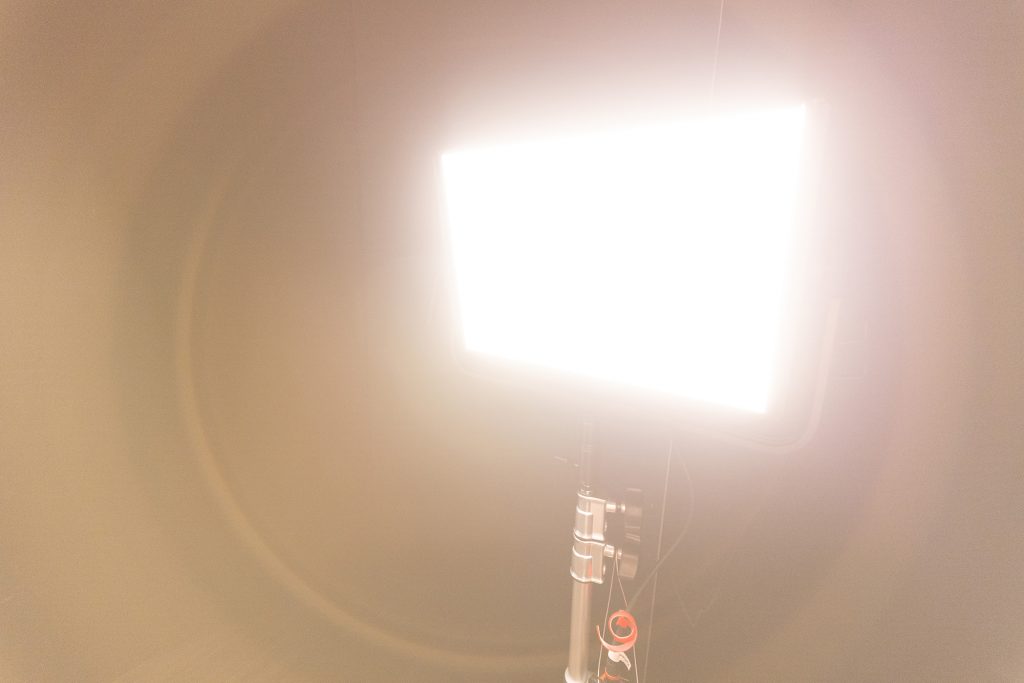
Canon EF 16-35L Unscratched Front Element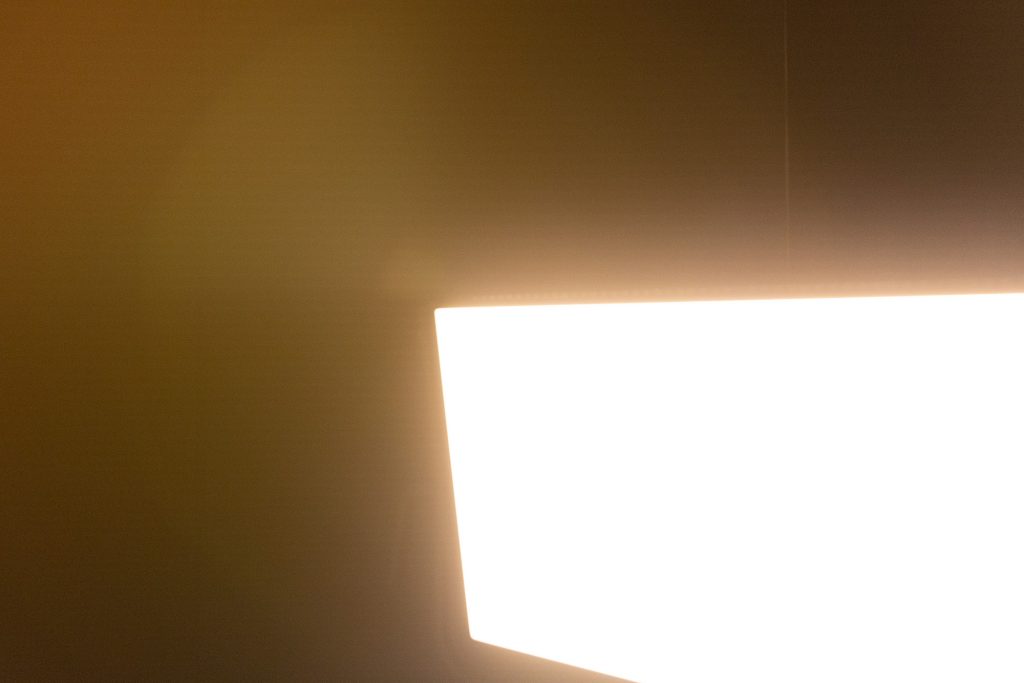
Canon EF 24-70L Scratched Front Element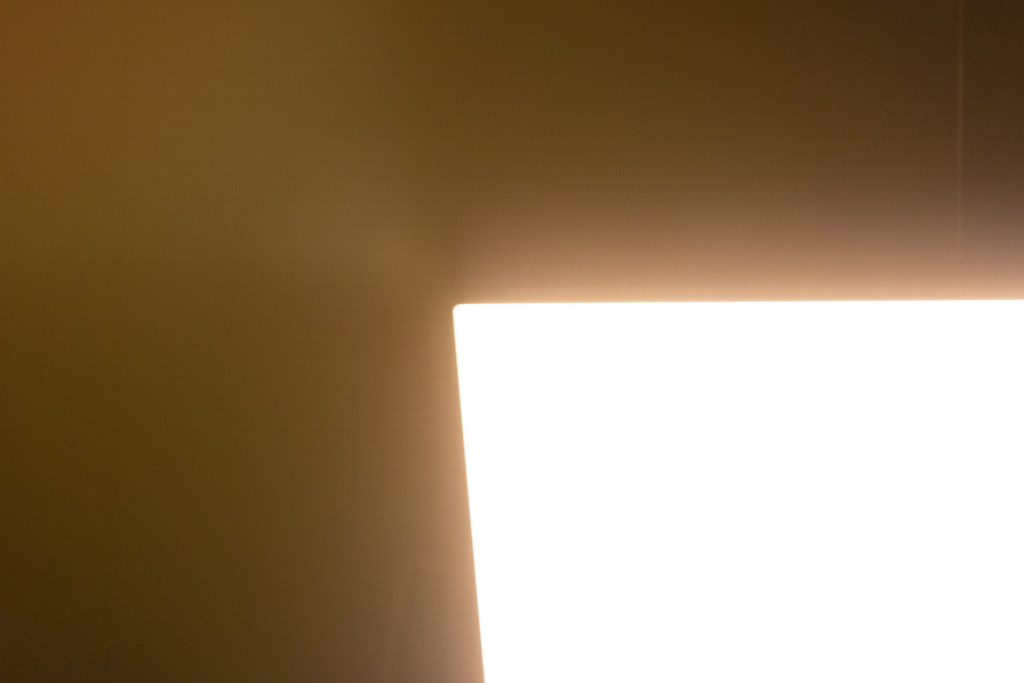
Canon EF 24-70L Unscratched Front Element
That said, obviously, regardless of these results, no one wants to put a big scratch on the front of their lens, so, it’s important to take means of protecting their lens if they can, so here are some tools that can help protect the front of your camera lens.
How to Protect Your Lens
UV Filter
The most common way, and probably most practiced, is using a UV filter. We’ve gone back and forth on our stance on UV filters in the past, in fact, when we started, Lensrentals sent all their lenses out with a UV filter, and then at some point, we removed them all. We’ve since added them back to most (if not all) of our lens inventory. However, we still have some tried opinions on the topic. For one, if you choose to put a UV filter on your lens, you should always invest in a good UV filter. Your optics are only as good as your weakest link, and if you put a $3 UV filter on a $2,000 lens, you can take a guess where that weakest link is. There are plenty of lists online where anonymous authors weigh in with what UV filter is the best quality, but my stance is a simpler approach – cost can usually correlate with quality. B+W and Hoya both make exceptional filters, but will cost quite a bit. Tiffen is cheaper but also a credible brand and makes some great products. But the pragmatic approach is that if you start seeing weird sharpness or hazy issues in your photos, remove the UV filter to see if that’s affecting the image quality. And if you wanted a more in-depth look into UV filters, Roger did an elaborate comparison on this blog just a few years ago.
Lens Hood
The other main way to protect your lens is with the tool that likely came with the lens – the lens hood. Designed more as a tool to help with flaring than a tool for protection, a lens hood will help make the front of your lens further recessed, and will help protect it from any potential damage. This is an effective way to protect your lens from colliding with objects, and best of all, it’s a free option.
Related Reading
- How to Quickly Ruin Your Camera and Lens
- My Not Quite Complete Protective Filter Article
- Looking at Clear and UV Filter Spectrograms
- Yet Another Post About My Issues With UV Filters
Author: Lensrentals
Articles written by the entire editorial and technical staff at LensRentals.com. These articles are for when there is more than one author for the entire post, and are written as a community effort.-
Wedding-Photographer
-
geekyrocketguy
-
ktmrider
-
Patrick Chase
-
ktmrider
-
Patrick Chase
-
Patrick Chase
-
Patrick Chase
-
Patrick Chase
-
Franz Graphstill
-
Impulse_Vigil
-
Franz Graphstill
-
Athanasius Kirchner
-
Franz Graphstill
-
Roger Knight
-
Paul Trantow
-
Niko PetrHead
-
Mike Aubrey
